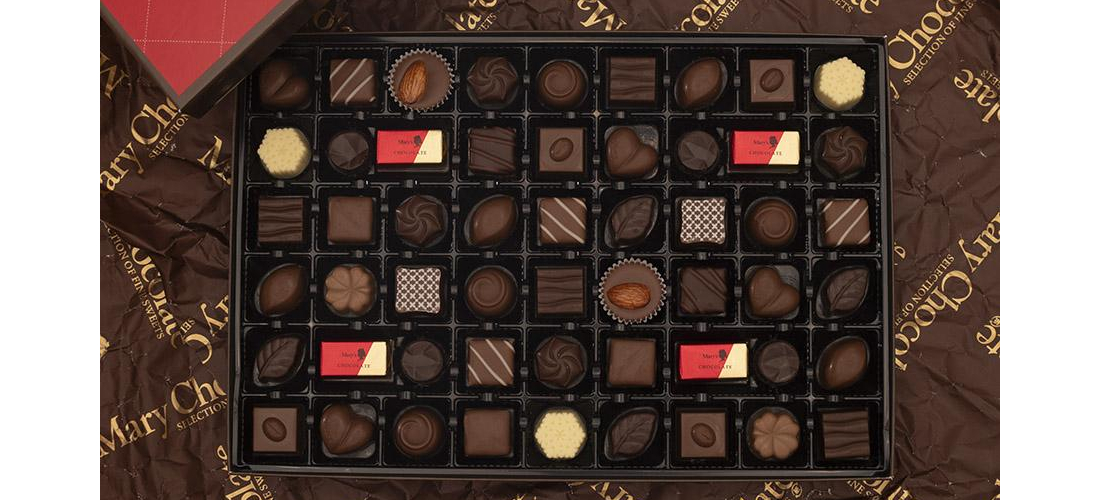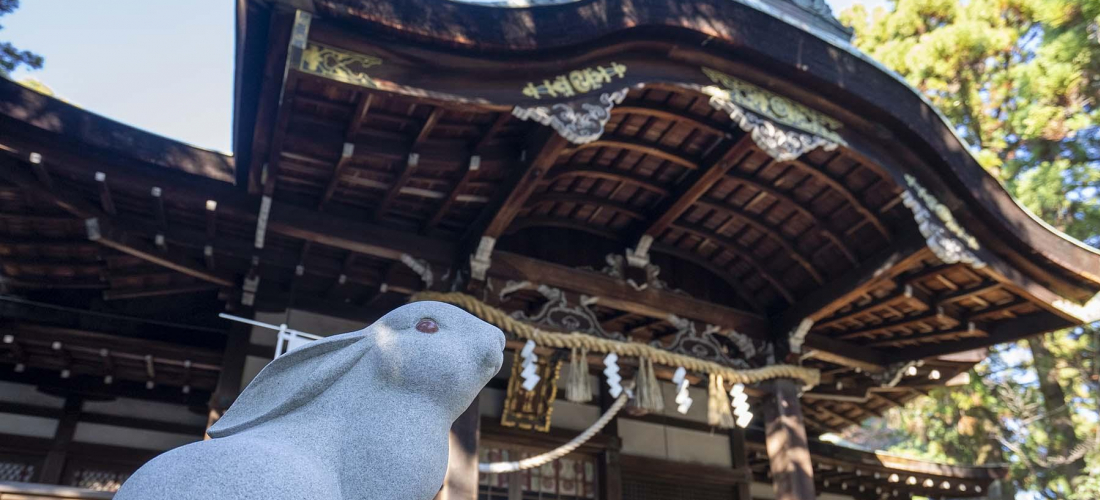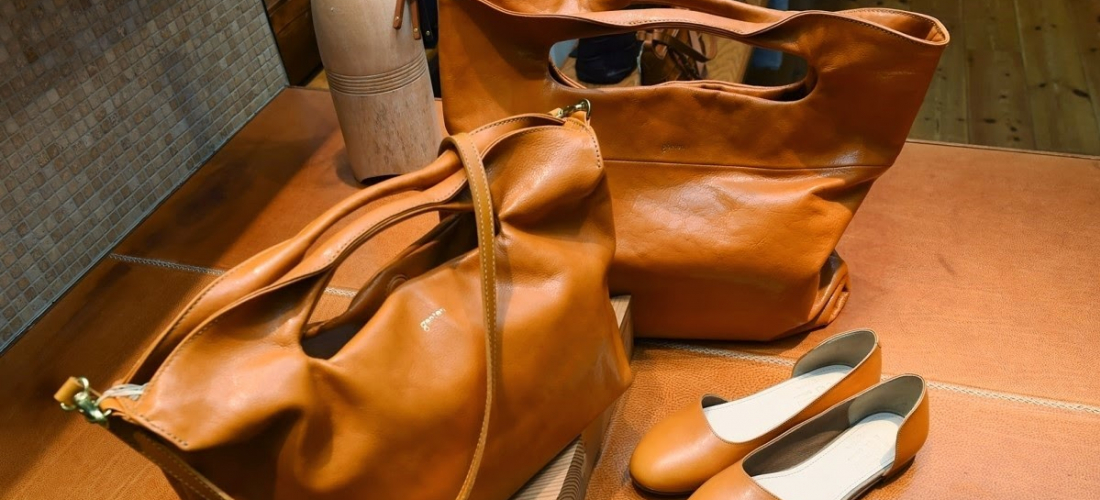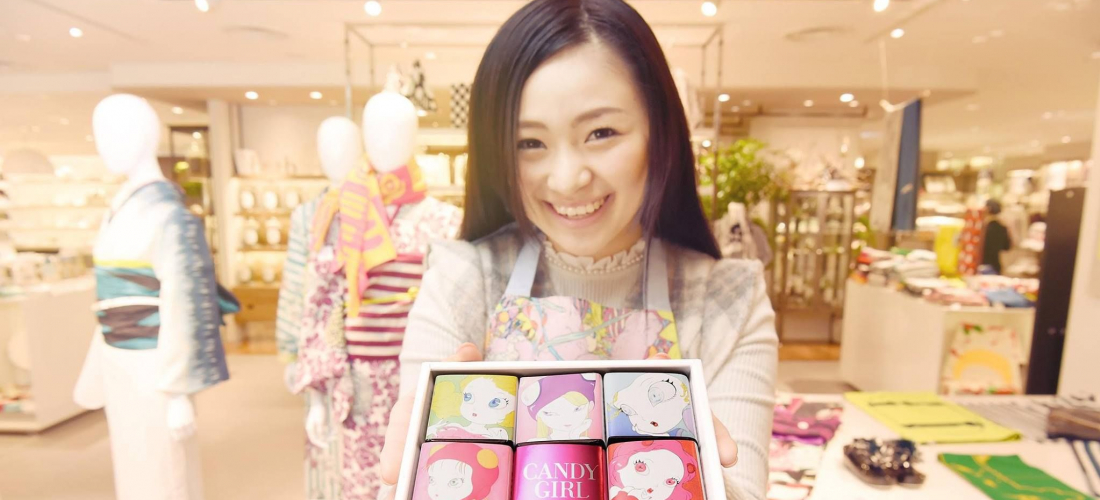CONTENTS
White Day is an iconic part of Japanese romance manga and lovey-dovey dramas, but in Japan it’s a real holiday too! Here’s how to celebrate White Day wherever you might be.
What Is White Day?
In Japan, Valentines's Day didn't really arrive until the 1970s, but when the holiday finally caught on with the general public, White Day followed soon after! From the start, Japanese romantic holiday culture quickly took on a life of its own, full of cultural habits different from those found overseas. The traditional formula goes like this: on February 14th, girls profess their love to boys with gifts of (often homemade) chocolates. A month later, on March 14th, boys return the favor, giving girls sweets that some say should be worth 2~3x the price of the chocolate received. This secondary holiday, White Day, saw its very first incarnation in 1977, when the Japanese confectionary Ishimura Manseido came up with the idea of calling March 14th "Marshmallow Day" to promote their products. By the next year, Japan's National Confectionery Industry Association declared the holiday official, and ever since the people of Japan have seen White Day as a chance to gift women with white chocolate, white candy, white accessories, and all the other things that you might find as Valentine's gifts outside of Japan. In Japan, it's an important follow-up celebration to the rather one-sided Valentine's Day traditions, and it has even started to catch on in some other parts of Asia! Of course, relationship dynamics and gender roles have shifted over the years since the 1970s, and even in Japan there are plenty of couples who ignore the set Valentine's-White-Day traditions. But whether you want to follow the schedule exactly or not, White Day still works great as a chance to treat your special someone! Here's how to make your White Day date a great one.
Step ① Plan the Perfect Date
Want to show them you care? Then plan some quality time together! In Japan, botanical gardens and flower parks are popular date destinations, as they offer ample opportunity to chat while enjoying the scenery, and the flowers make a great backdrop for taking cute pictures of your cute partner, too. Since White Day arrives in mid-March, it also happens to coincide with the beginning of cherry blossom season, and a little good weather sets the scene for a perfect "hanami" date among the flowers. In Tokyo, popular cherry blossom viewing spots include Ueno Park, Yoyogi Park, and Shinjuku Gyoen, but you can put together a picturesque White Day plan at any local park or botanical garden! Bring along a picnic blanket and some sweet treats to round out the day.
Other go-to Japanese date destinations: aquariums like Enoshima Aquarium, parks and attractions like Yomiuriland amusement park (+ Hana-Biyori, its botanical garden), and lookout spots with romantic night views like Tokyo Skytree. Celebrate White Day in and around Tokyo to check out these spots, or find something similar near you!
Step ② Dress to Impress
Don't show up looking shabby on White Day! To really pull off the "scene from a Japanese drama" effect, the best course of action is to put together an outfit with pieces from trendy Japanese brands. Nothing says "I live my life like it's Boys Over Flowers" like a Tsukasa Domyoji-style makeover! A curated selection of the latest styles from a variety of Japanese brands can easily be found at online boutique shops like Beams, .St, and Pal Closet, or Japanese department store webshops like Lumine or Parco.
Step ③ Find a Gift They Won’t Forget
It wouldn't be White Day without a little gift-giving, and we've got just the things. First of all, if your special someone has a sweet tooth, you can always go with the classics: Nakagawa Masashichi actually sells the marshmallows that Ishimura Manseido started White Day with decades ago, alongside a whole selection of other Japanese sweets. For matcha lovers, Nakamura Tokichi makes matcha cakes, cookies, chocolate, and more! But there are plenty of gift options that will last longer than a few bites, as well. Treat them to a little luxury with skincare from JLP, sweet-smelling bath and body products from Laline, or just about any other kind of Japanese cosmetic item (and plenty of popular perfumes) from Cosmeland. And they might say diamonds are forever, but any nice accessory is sure to be a hit on White Day! Give them something to treasure with a lovely piece from a Japanese jewelry brand. Blancotokyo offers classic styles and affordable prices, and Cui-cui has a funkier, handmade sort of look, whereas Ete goes for more fluid, abstract shapes. Itokawa Pearl specializes in, that's right, elegant Japanese pearls! Finding the right present for a special day can be difficult, but these online shopping options are sure to make it easier.
+ Step ④ Have a Great Time Together!
From a marshmallow marketing ploy to a holiday celebrated nationwide, White Day has come a long way in the past half a century, developing some fun traditions that have made their way around the world via Japan's popular dramas, manga, and anime. So if you want to join in, then just follow our simple steps! Find the nearest cherry blossom festival, put on your sleek new outfit, grab some sweets, and take your favorite person out for a date they won't forget. In the end, the perfect White Day plan depends on the participants, so choose something that you both will love!
Details
NAME:White Day (ホワイトデー)
Looking for the latest trends and products coming out of Japan? We've got you covered!

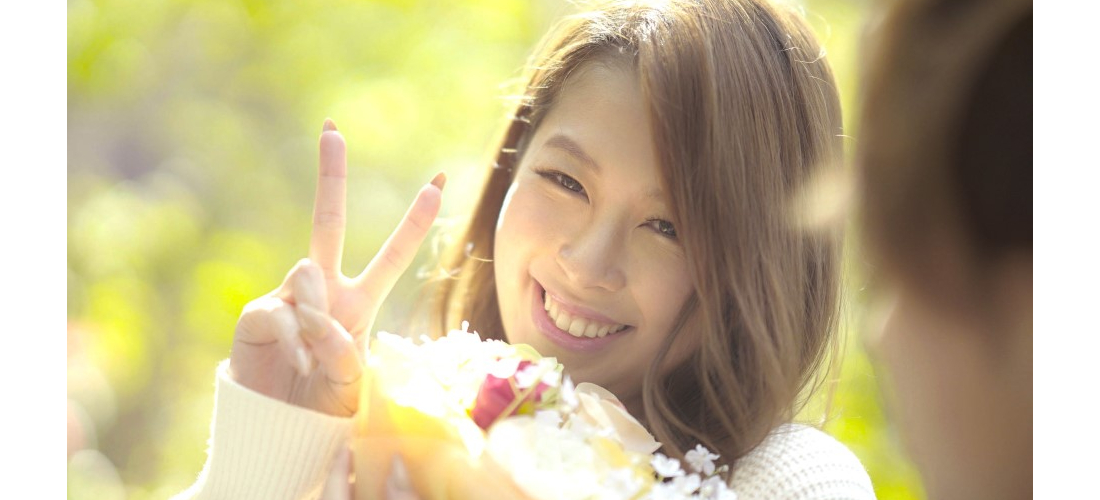
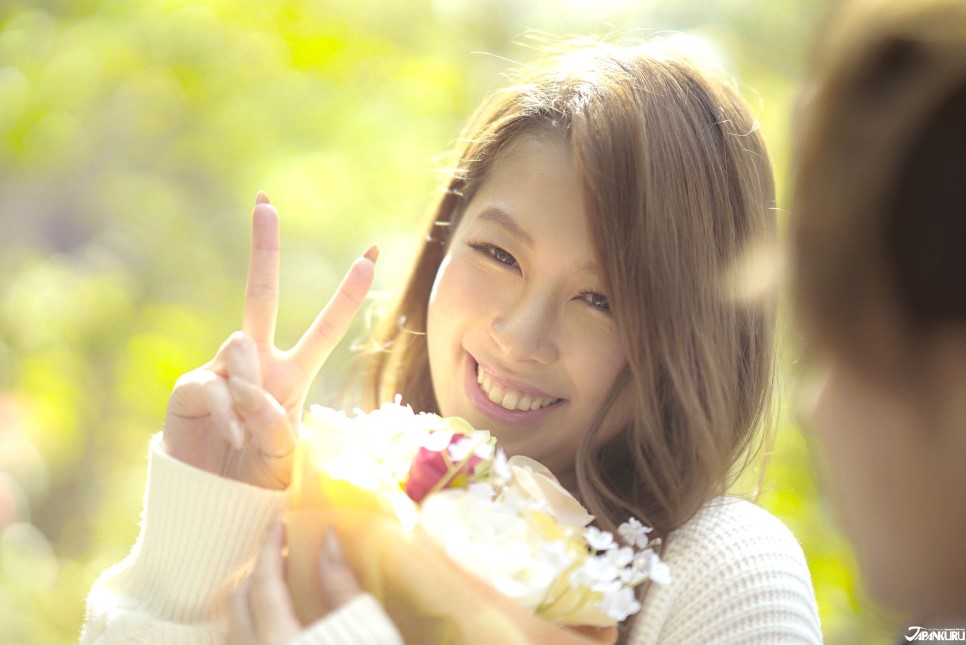
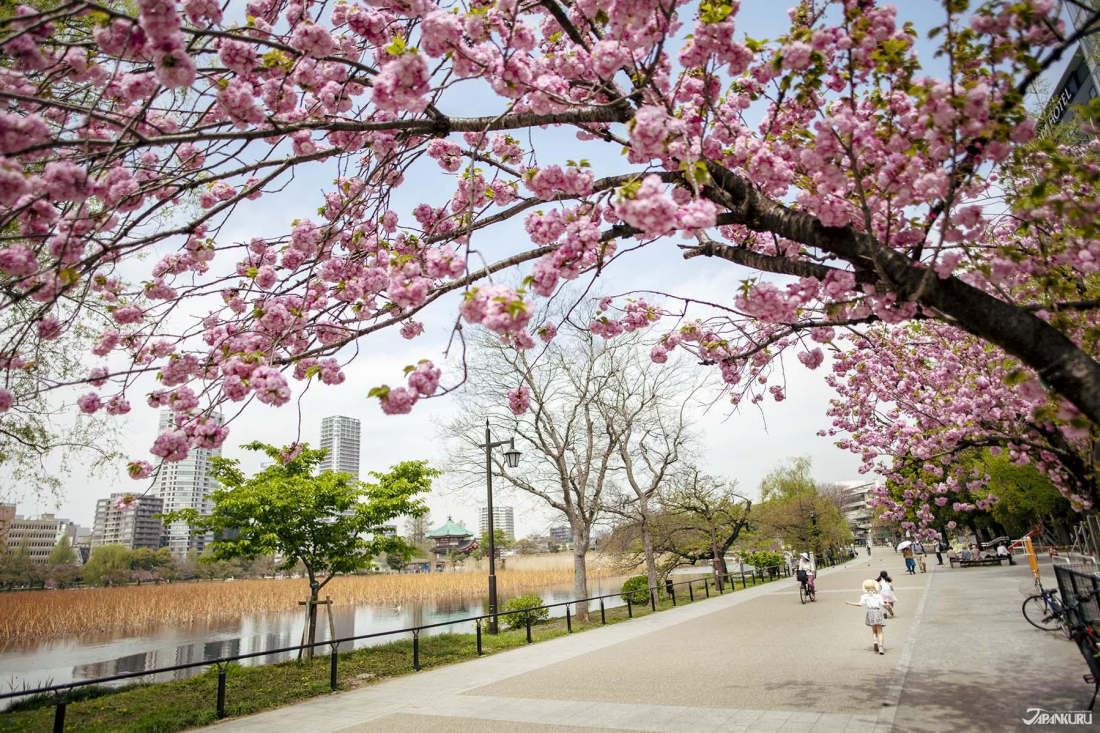

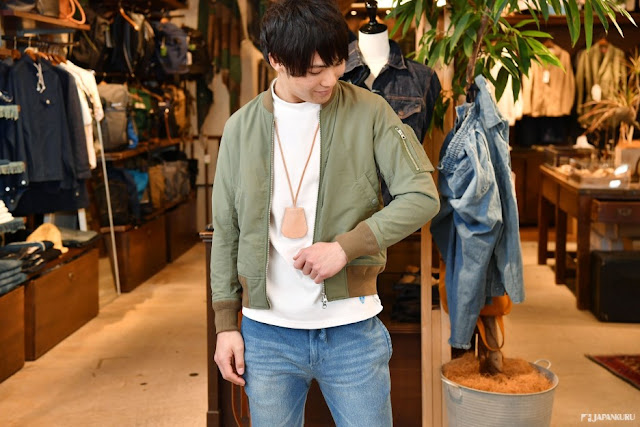






 >> Find out more at Japankuru.com! (link in bio)
#
>> Find out more at Japankuru.com! (link in bio)
#





 The Robot Restaurant is gone, but the Samurai Restaurant is here to take its place. Check it out, and don't forget your coupon!
The Robot Restaurant is gone, but the Samurai Restaurant is here to take its place. Check it out, and don't forget your coupon!
 신주쿠의 명소 로봇 레스토랑이 사무라이 레스토랑으로 부활! 절찬 쿠폰 발급중
신주쿠의 명소 로봇 레스토랑이 사무라이 레스토랑으로 부활! 절찬 쿠폰 발급중
 18歲以上才能入場的歌舞秀,和你想的不一樣!拿好優惠券去看看~
#tokyo #shinjuku #samurairestaurant #robotrestaurant #tokyotrip #도쿄여행 #신주쿠 #사무라이레스토랑 #이색체험 #할인이벤트 #歌舞伎町 #東京景點 #武士餐廳 #日本表演 #日本文化體驗 #japankuru #japantrip #japantravel #japanlovers #japan_of_insta
18歲以上才能入場的歌舞秀,和你想的不一樣!拿好優惠券去看看~
#tokyo #shinjuku #samurairestaurant #robotrestaurant #tokyotrip #도쿄여행 #신주쿠 #사무라이레스토랑 #이색체험 #할인이벤트 #歌舞伎町 #東京景點 #武士餐廳 #日本表演 #日本文化體驗 #japankuru #japantrip #japantravel #japanlovers #japan_of_insta
 코지마 x 빅 카메라 쿠폰으로 일본 가전 제품 쇼핑하기
#pr #japankuru #japanshopping #kojima #biccamera #japaneseskincare #yaman #dji #osmopocket3 #skincaredevice #日本購物 #美容儀 #相機 #雅萌 #日本家電 #일본여행 #면세 #여행꿀팁 #일본쇼핑리스트 #쿠폰 #일본쇼핑 #일본브랜드 #할인 #코지마 #빅카메라 #japankurucoupon
코지마 x 빅 카메라 쿠폰으로 일본 가전 제품 쇼핑하기
#pr #japankuru #japanshopping #kojima #biccamera #japaneseskincare #yaman #dji #osmopocket3 #skincaredevice #日本購物 #美容儀 #相機 #雅萌 #日本家電 #일본여행 #면세 #여행꿀팁 #일본쇼핑리스트 #쿠폰 #일본쇼핑 #일본브랜드 #할인 #코지마 #빅카메라 #japankurucoupon































 Oita Hello Kitty Airport
Oita Hello Kitty Airport  Lands April 13th
Lands April 13th









